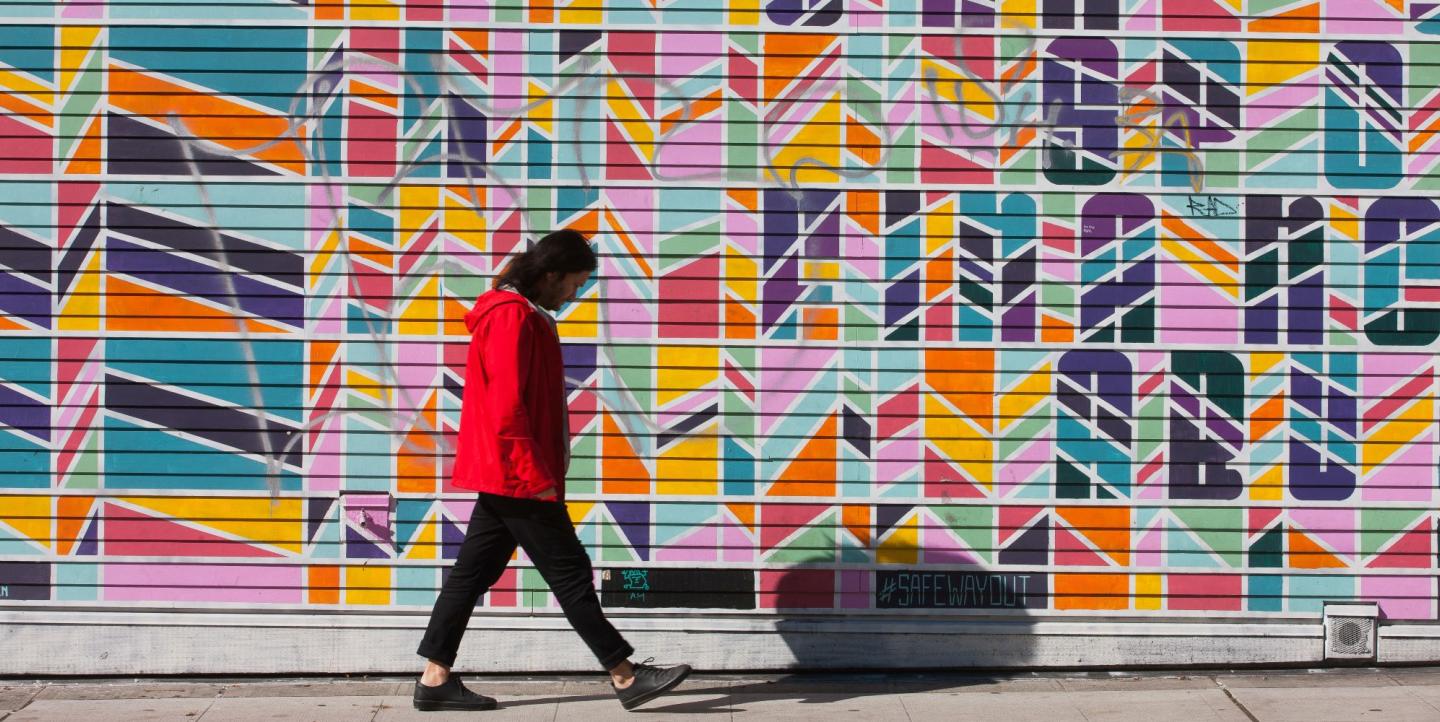When reporting in the field, journalists must mitigate safety risks for their sources.
They can do so by preparing ahead of time, developing safety analyses and security plans. One common step journalists can take when interviewing whistle-blowers, for instance, is to anonymize the subject using voice and visual distortion.
People in marginalized communities are often at higher risk of experiencing violence, whether verbal, physical, psychological or systemic. Journalists reporting on marginalized communities should recognize the individual and community-wide risks that their sources may experience during their reporting, understanding that each community faces specific forms of discrimination. Trans sources may experience transantagonism, while Jewish people may be the targets of antisemitic attacks, and members of an Indigenous community confronted with racial biases.
Sources may experience additional discrimination if they belong to multiple marginalized communities, too. A source that is Black, Jewish and transgender could be targeted with racism, antisemitism and transantagonism all at once.
Journalists should become well-versed on the crime statistics and safety risks faced by the marginalized communities they cover. A 2015 study conducted by The National Center for Transgender Equality analyzing violence against trans and non-binary people in the U.S. found that 46% of respondents were verbally harassed in the past year. Nearly one in ten respondents were physically attacked during the same period.
Meanwhile, a 2022 annual audit by the Anti-Defamation League found that antisemitic incidents in the U.S. rose by 36% in 2022. The ADL also identified increases in antisemitic harassment, vandalism and assaults.
Here are some tips for how journalists can ensure the safety of marginalized communities during their reporting.
Avoid exposing details about your sources' location
Journalists utilizing visual mediums such as photography and film should be mindful of the safety risks that come with exposing their subjects' location. In a climate rife with transphobia, for example, revealing the details of a trans person's location could “out” them to their own community or even expose them to more distant safety threats, such as cyber hate crimes.
Look no further than reality TV shows that feature celebrities and high profile subjects for how to safeguard location information. Producers often anonymize their subjects’ whereabouts: in the popular reality show, Keeping up With the Kardashians, producers do not feature footage of the exterior of their family home.
If the story requires that a subject's home environment be shared, journalists should do so without exposing street names, house numbers and landmarks that make the location identifiable.
When working in your sources' residential areas, don't stay for long
The longer journalists stick around on a reporting assignment in the field, the higher the safety risk can become for their sources. Plan in advance, and try to stay for shorter and unpredictable amounts of time. When a reporting investigation requires multiple days of research in the same location, try shifting the time slots you work each day to mitigate risk.
By prolonging reporting in high risk locations, journalists expose themselves to being monitored and potentially harmed. Gaining attention from the public and revealing a source’s affiliation to the production could further threaten their safety.
Recognize the pros and cons of security personnel
In contexts where there may be a societal bias against a marginalized source, and if the reporting will be conducted in a public location, journalists should consider hiring security personnel to mitigate any potential danger.
If going this route, journalists should discuss the presence of security or police personnel in advance with their sources to alleviate any feelings of anxiety around such figures they may have. This will ensure that sources are fully informed before they provide consent to this aspect of the reporting.
In some cases, however, inviting a police presence could introduce an unwanted level of risk for your subjects. This is the case especially in contexts where the source’s profession is criminalized – if your source is from the sex worker community in many locations, for instance. In situations like this, journalists should seek alternative safety measures, such as security forces that are unable to detain their sources.
Following a reporting assignment, journalists should conduct a post-investigation safety check to assess whether the steps they took were successful. If and when necessary, journalists could connect sources who have experienced harm during the reporting to public trauma counseling resources.
Photo by Jesson Mata on Unsplash.


